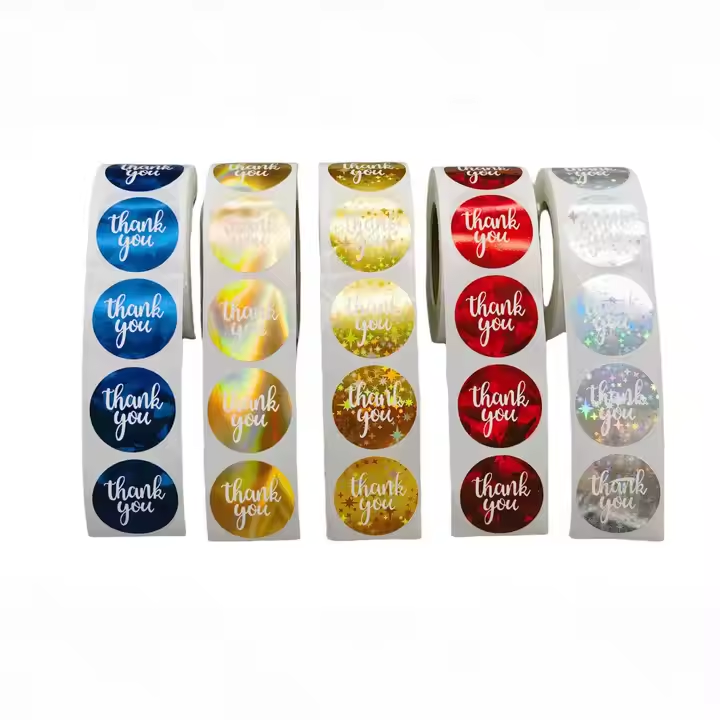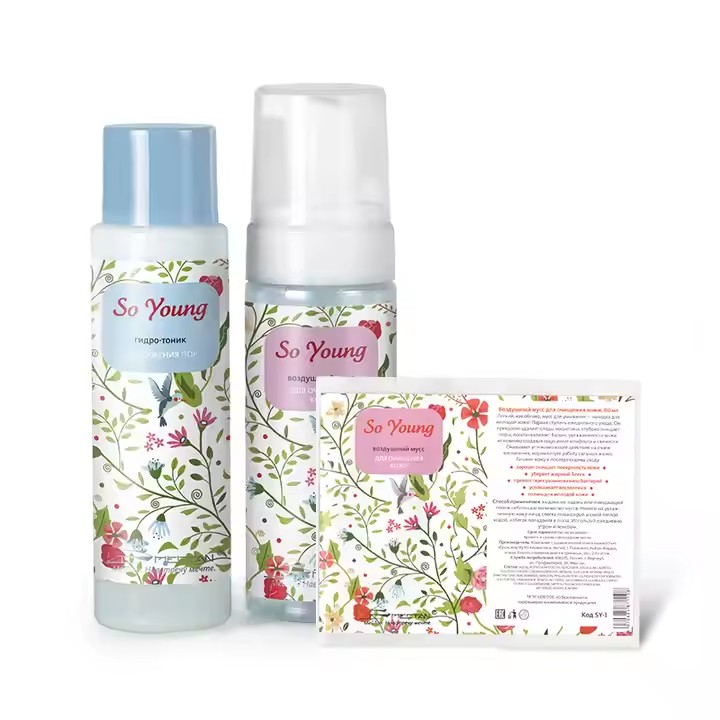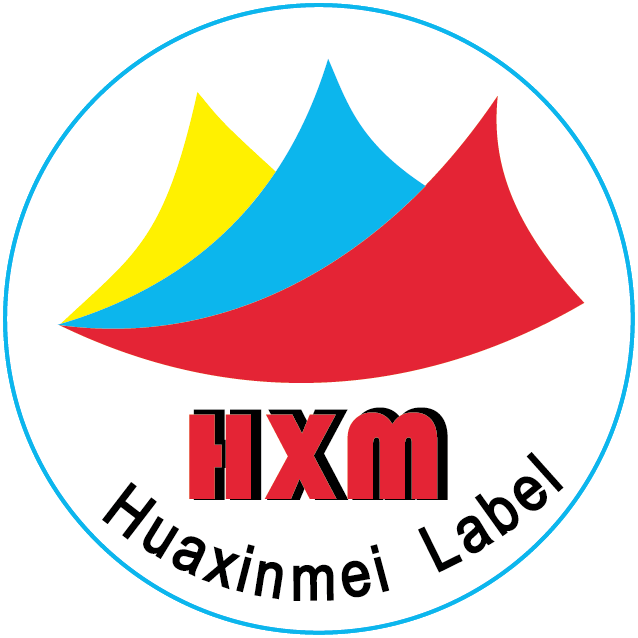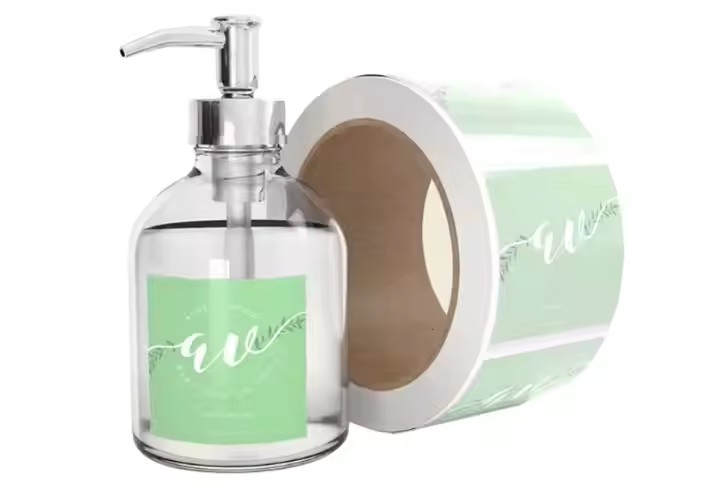Communication of Requirements and Information Gathering
In the early stages of custom box packaging, manufacturers first communicate with clients to understand their needs and gather basic information about the box packaging. Both parties need to clarify the details. Initially, in-depth discussions are held with clients (who may be brand owners, wholesalers, or retailers) to understand the product characteristics, target market, brand positioning, and packaging purpose. For instance, if it’s packaging for cosmetics, it’s essential to know the type of cosmetic (e.g., cream, lotion, or lipstick), the target audience (young women, men, or seniors), and the brand style (luxury, trendy, or natural/organic). Once these basics are clarified, the appearance of the box packaging can be designed with corresponding patterns and logos that align with the product’s brand philosophy. During the handover process with partners, packaging requirements must be defined, including functional requirements such as product protection, transport convenience, and display ease. For fragile products, like glass items, the protective function of packaging is crucial; for example, using foam inserts for protection. For items that need to be displayed on shelves, like toys, the display aspect of the packaging is key. Special requirements, such as waterproof, moisture-proof, or anti-theft features, will also be determined.

Design Stage
During the design phase, the concept of the box packaging is defined with the client based on the gathered information, followed by sample creation for timely feedback. Packaging designers begin with conceptual designs, which include the box’s shape, structure, dimensions, and aesthetic style. The shape can be conventional, like a rectangular box, or uniquely shaped, such as circular, triangular, or creatively irregular shapes. For example, some high-end chocolate brands may use heart-shaped or shell-shaped boxes to enhance product appeal. Incorporating brand elements into box packaging is especially important, including the brand’s logo, name, colors, and philosophy. The color scheme and logo placement should be prominent and consistent with the brand’s established style. For instance, Coca-Cola’s packaging design prominently features its signature red color and distinctive logo, making it instantly recognizable. Typography and graphic design also play a role in determining text layout on the box, including product names, descriptions, ingredients, usage instructions, and expiration dates. For example, the luxury brand Hermès, which sells perfumes, harness gear, leather goods, and bags, uses simple yet elegant box packaging that prominently displays its logo, aligning perfectly with its high-end luxury image. Additionally, the text should be clear and easy to read, reflecting the product and brand characteristics. Decorative elements, such as illustrations related to the product or abstract patterns, may also be designed. For instance, a skincare product made from natural plants might feature plant illustrations on the box to emphasize its natural attributes. Before production, design drafts and models are created using professional design software to showcase the various aspects of the box and its layout. In some cases, 3D models may be made to give clients a more intuitive view of the packaging’s actual effect, allowing them to provide feedback before mass production.

Material Selection
An important step before customizing box packaging is selecting appropriate materials based on the product characteristics, such as weight, texture, and fragility. For heavier products, like electronics, high-strength cardboard may be required; for moisture-sensitive items, such as food, moisture-resistant materials are preferred. Fragile items should use thicker paper to prevent breakage during transport. Cost and environmental considerations must also be balanced during the custom paper selection process. High-quality paper can be expensive, and special processing (like art paper) further increases costs. Companies must consider their cash flow alongside overall economic efficiency when customizing box packaging. As consumer awareness of environmental issues grows, manufacturers are increasingly opting for recyclable and biodegradable materials. For example, paper materials are more eco-friendly than plastic, so some manufacturers prioritize environmentally compliant paper packaging. Material testing involves conducting physical and chemical tests on selected materials to ensure they meet packaging requirements for strength, durability, moisture resistance, etc. For instance, compressive strength tests simulate pressures encountered during transportation and storage to ensure product safety within the packaging.



